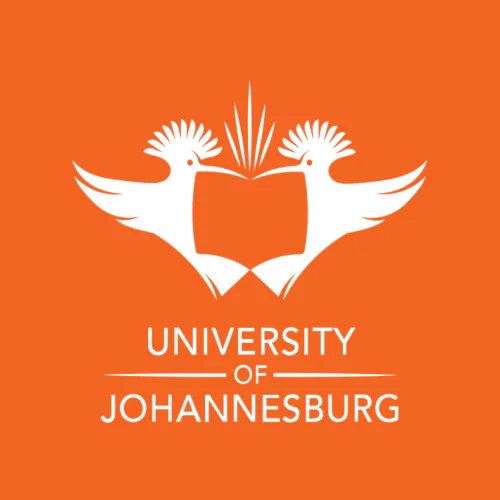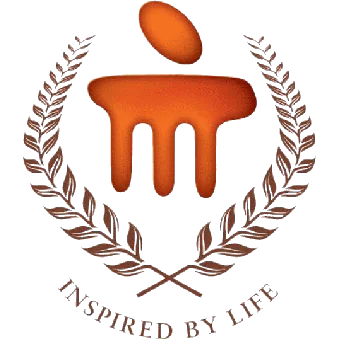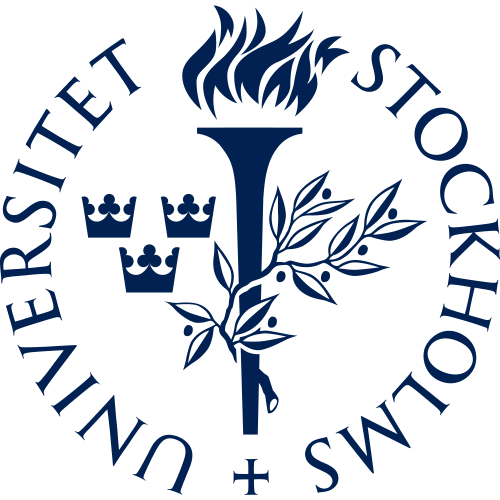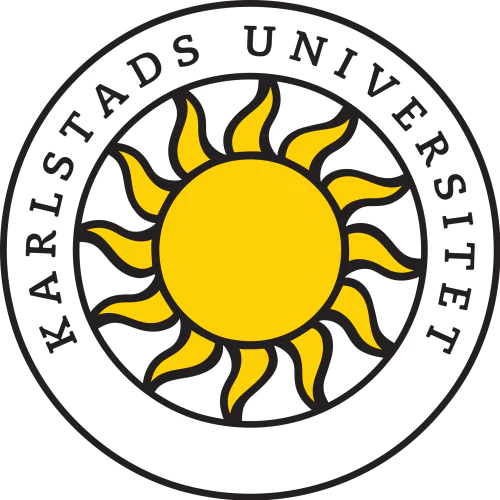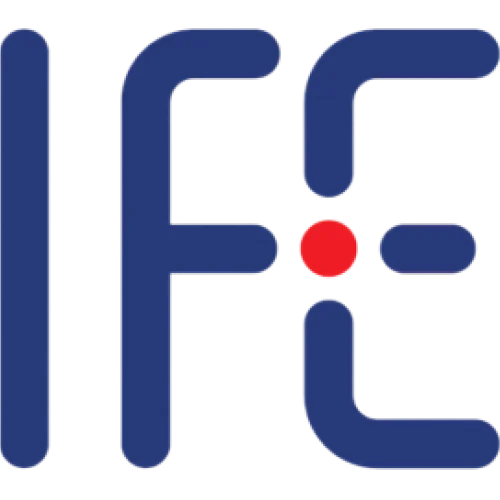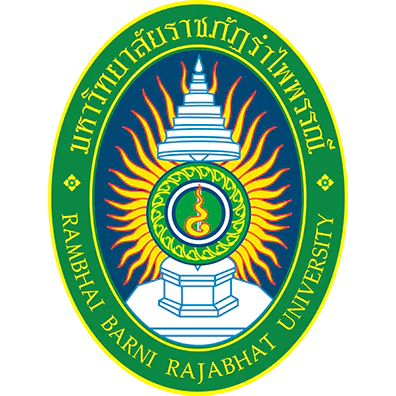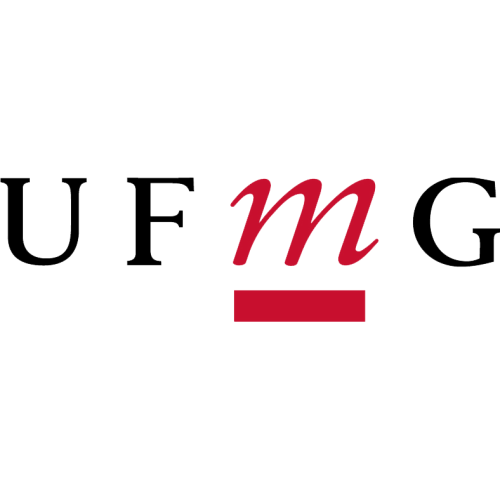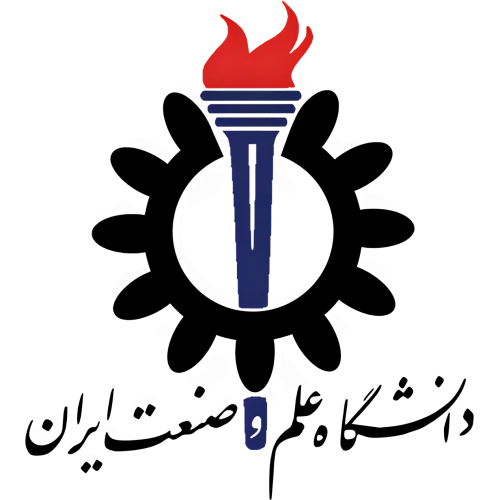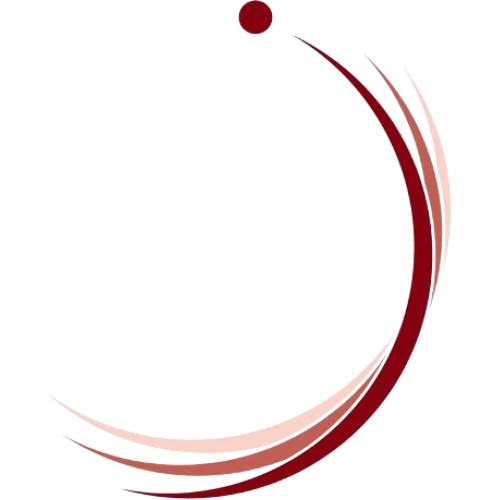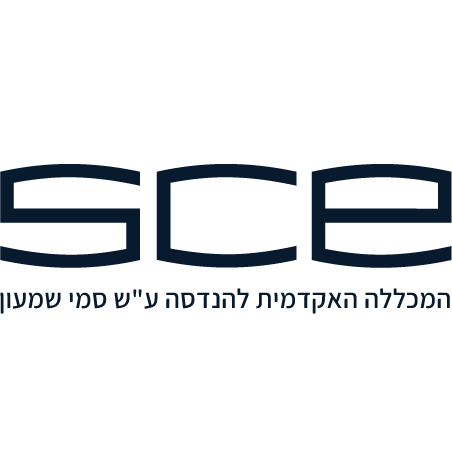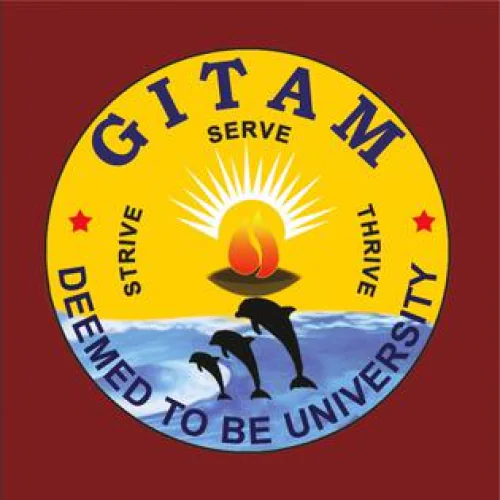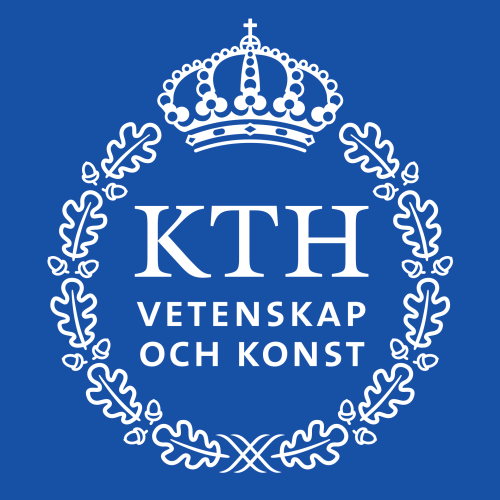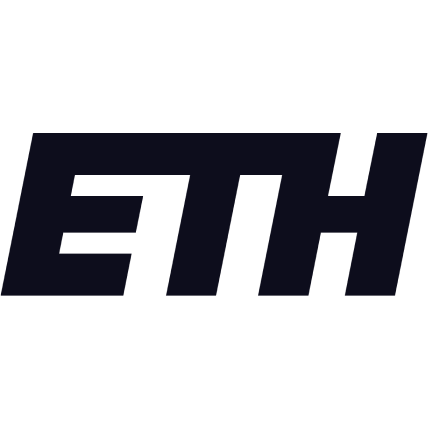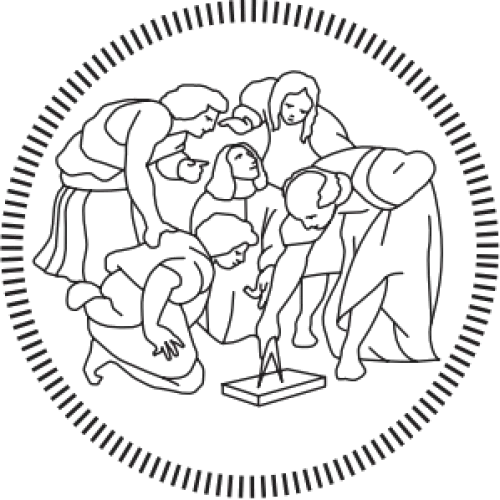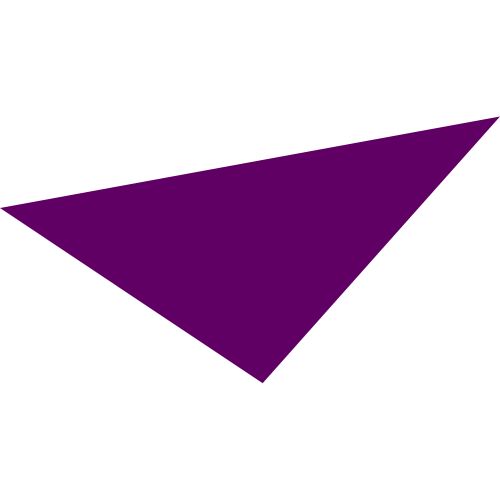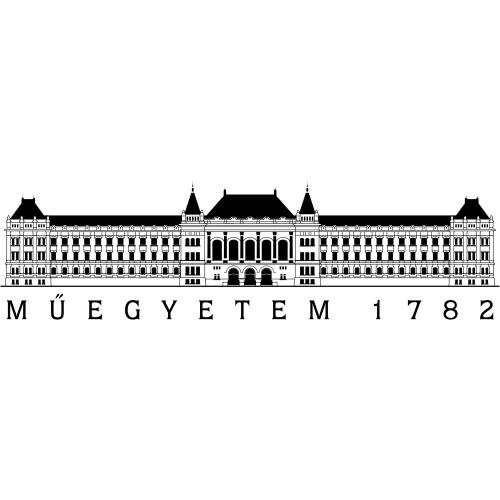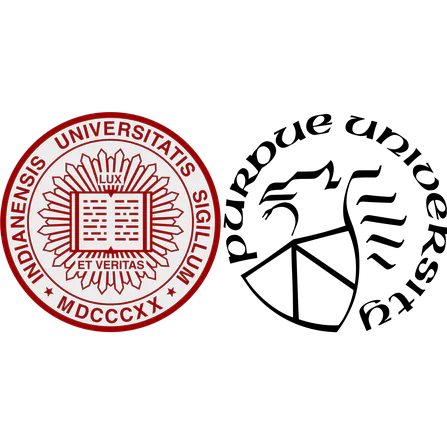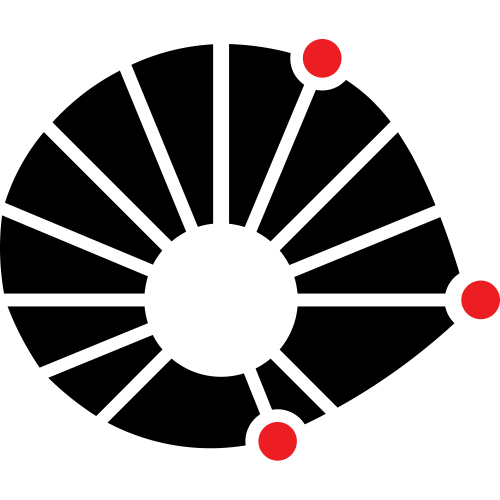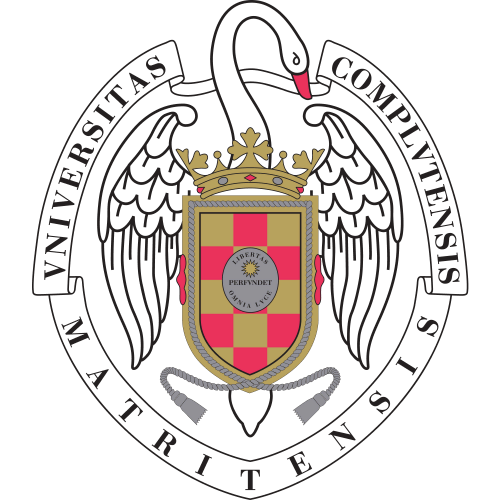Handbook of Research on Technology Project Management, Planning, and Operations
Are you a researcher?
Create a profile to get free access to personal recommendations for colleagues and new articles.
Years of issue
2024-2025
journal names
Handbook of Research on Technology Project Management, Planning, and Operations
Top-3 citing journals
Top-3 organizations

Amity University, Noida
(14 publications)

Amity University, Jaipur
(7 publications)

Covenant University
(7 publications)

Amity University, Noida
(12 publications)

Amity University, Jaipur
(7 publications)
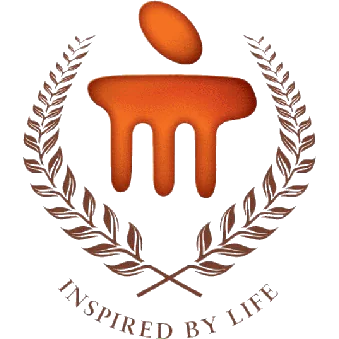
Manipal University Jaipur
(4 publications)
Top-3 countries
Most cited in 5 years
Found
Nothing found, try to update filter.
Found
Nothing found, try to update filter.
Top-100
Citing journals
Citing publishers
|
10
20
30
40
50
60
70
80
|
|
|
IGI Global
79 citations, 30.27%
|
|
|
Institute of Electrical and Electronics Engineers (IEEE)
23 citations, 8.81%
|
|
|
Springer Nature
21 citations, 8.05%
|
|
|
Emerald
14 citations, 5.36%
|
|
|
Taylor & Francis
13 citations, 4.98%
|
|
|
Elsevier
8 citations, 3.07%
|
|
|
MDPI
6 citations, 2.3%
|
|
|
Wiley
4 citations, 1.53%
|
|
|
SAGE
4 citations, 1.53%
|
|
|
Infra-M Academic Publishing House
4 citations, 1.53%
|
|
|
World Scientific
2 citations, 0.77%
|
|
|
Lviv Polytechnic National University
2 citations, 0.77%
|
|
|
JMIR Publications
2 citations, 0.77%
|
|
|
Walter de Gruyter
1 citation, 0.38%
|
|
|
IOS Press
1 citation, 0.38%
|
|
|
Bentham Science Publishers Ltd.
1 citation, 0.38%
|
|
|
Duke University Press
1 citation, 0.38%
|
|
|
Public Library of Science (PLoS)
1 citation, 0.38%
|
|
|
Association for Computing Machinery (ACM)
1 citation, 0.38%
|
|
|
Kiel Institute for the World Economy
1 citation, 0.38%
|
|
|
Alexandria University
1 citation, 0.38%
|
|
|
Annual Reviews
1 citation, 0.38%
|
|
|
American Society of Civil Engineers (ASCE)
1 citation, 0.38%
|
|
|
A and V Publications
1 citation, 0.38%
|
|
|
CAIRN
1 citation, 0.38%
|
|
|
Consortium Erudit
1 citation, 0.38%
|
|
|
IntechOpen
1 citation, 0.38%
|
|
|
Center for Strategic Studies in Business and Finance SSBFNET
1 citation, 0.38%
|
|
|
Publishing House Helvetica (Publications)
1 citation, 0.38%
|
|
|
10
20
30
40
50
60
70
80
|
Publishing organizations
Publishing organizations in 5 years
|
2
4
6
8
10
12
|
|
|
Amity University, Noida
12 publications, 19.35%
|
|
|
Amity University, Jaipur
7 publications, 11.29%
|
|
|
Manipal University Jaipur
4 publications, 6.45%
|
|
|
SRM Institute of Science and Technology
3 publications, 4.84%
|
|
|
Xi'an Jiaotong–Liverpool University
3 publications, 4.84%
|
|
|
Institute for Energy Technology
2 publications, 3.23%
|
|
|
University of Nigeria
2 publications, 3.23%
|
|
|
Vellore Institute of Technology University
1 publication, 1.61%
|
|
|
Jawaharlal Nehru University
1 publication, 1.61%
|
|
|
Nirma University
1 publication, 1.61%
|
|
|
Sami Shamoon College of Engineering
1 publication, 1.61%
|
|
|
Gandhi Institute of Technology and Management
1 publication, 1.61%
|
|
|
Rajasthan Technical University
1 publication, 1.61%
|
|
|
University of KwaZulu-Natal
1 publication, 1.61%
|
|
|
University of South Africa
1 publication, 1.61%
|
|
|
Nnamdi Azikiwe University
1 publication, 1.61%
|
|
|
Aegean University
1 publication, 1.61%
|
|
|
Netaji Subhas University of Technology
1 publication, 1.61%
|
|
|
University of Algarve
1 publication, 1.61%
|
|
|
2
4
6
8
10
12
|
Publishing countries
Publishing countries in 5 years
|
5
10
15
20
25
|
|
|
India
|
India, 24, 38.71%
India
24 publications, 38.71%
|
|
China
|
China, 3, 4.84%
China
3 publications, 4.84%
|
|
Nigeria
|
Nigeria, 2, 3.23%
Nigeria
2 publications, 3.23%
|
|
Norway
|
Norway, 2, 3.23%
Norway
2 publications, 3.23%
|
|
South Africa
|
South Africa, 2, 3.23%
South Africa
2 publications, 3.23%
|
|
Portugal
|
Portugal, 1, 1.61%
Portugal
1 publication, 1.61%
|
|
Greece
|
Greece, 1, 1.61%
Greece
1 publication, 1.61%
|
|
Israel
|
Israel, 1, 1.61%
Israel
1 publication, 1.61%
|
|
5
10
15
20
25
|



























